More and more conferences want to have a cool badge. But most badges are not really that interesting or useful. Sure, you can learn soldering if you have to assemble it yourself — but then most people never do. You can play tetris during boring talks, or, if you really don't want to attend any talks, you can spend time programming it in some exotic assembly to play snake. And as soon as you get home, it goes into a drawer to never see the light of day again.
But we can do better than that!
We can make a badge that is useful during the conference — that has USB disk storage where you can put conference materials, slides of all talks, etc. It can display the schedule, and maybe even have reminders for the talks you wanted to see. It can have some simple games for the boring talks, but also perhaps some social games, to make you talk to other people. But most importantly of all, it can be super-easy to program, without having to install anything on your computer or learn some esoteric language — by simply copying Python files on it. And finally, when you get home from the conference, you can incorporate it into other projects.
This project is not about a badge for any particular conference. It's about making a baseline project, that can be then taken and extended/modified for a particular conference. The idea is that it should be easier to make something actually useful, instead of a gadget with blinking LEDs.
 deʃhipu
deʃhipu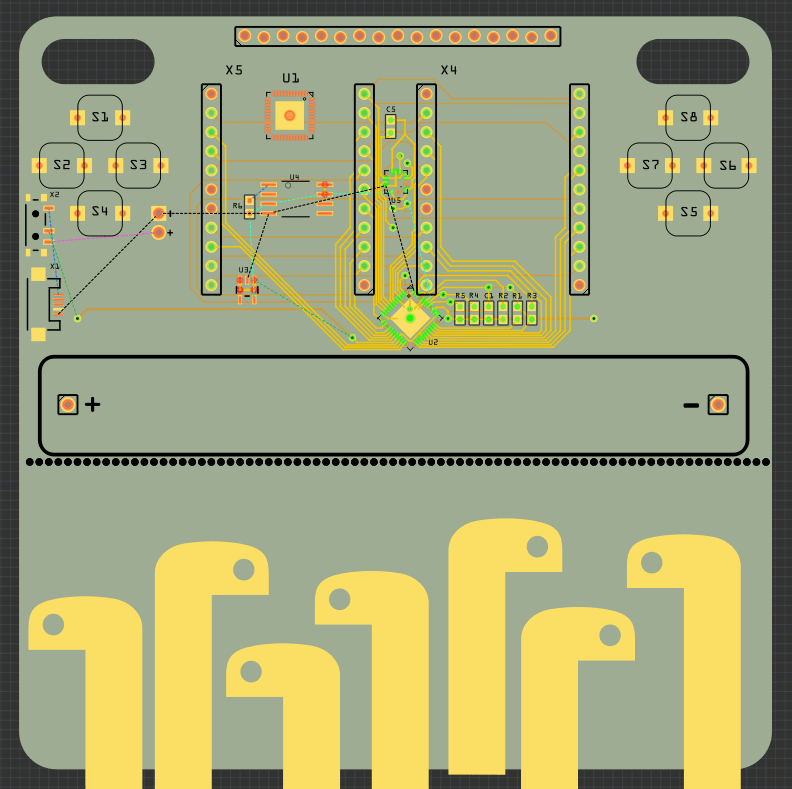



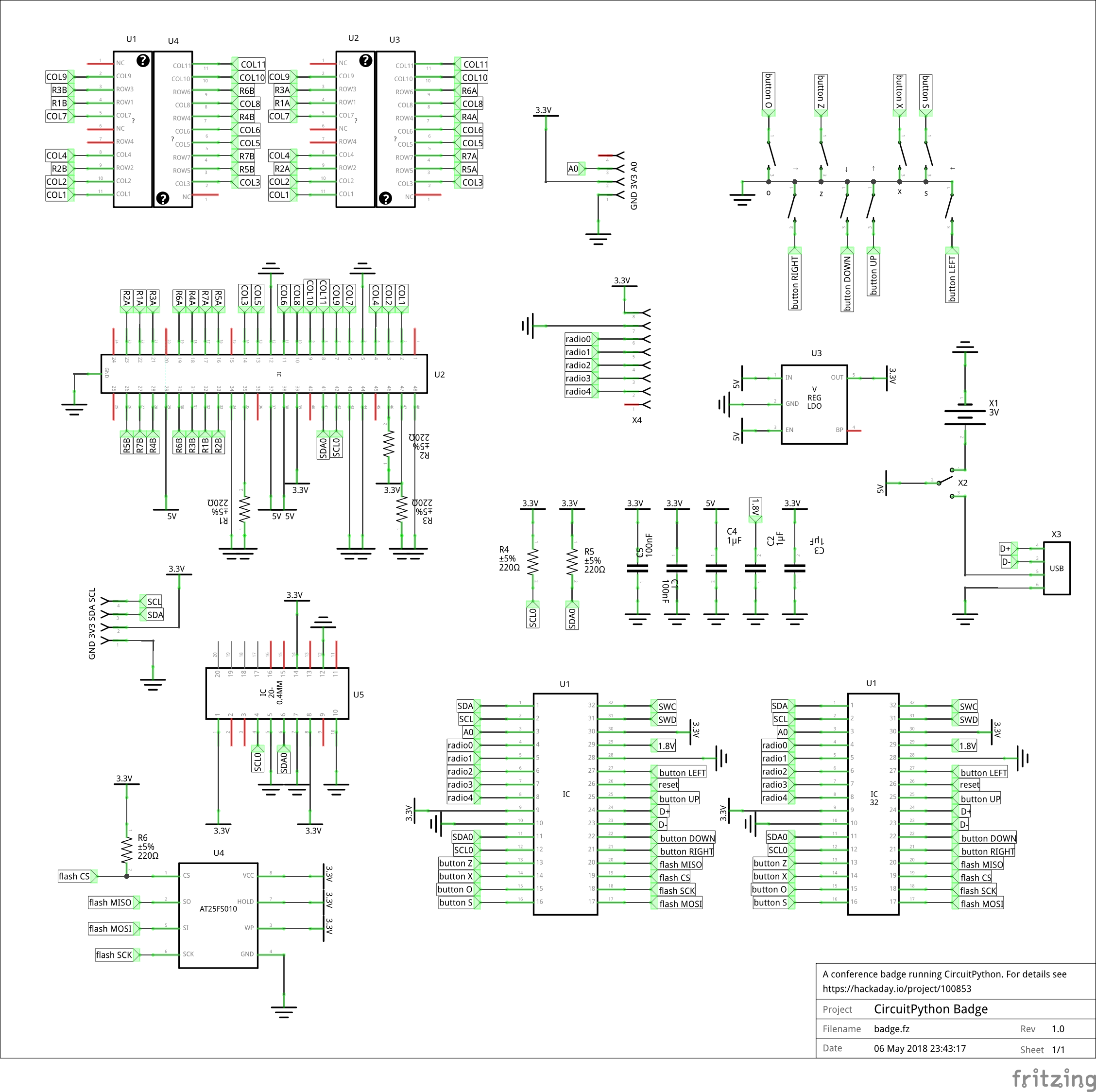
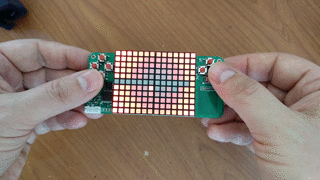
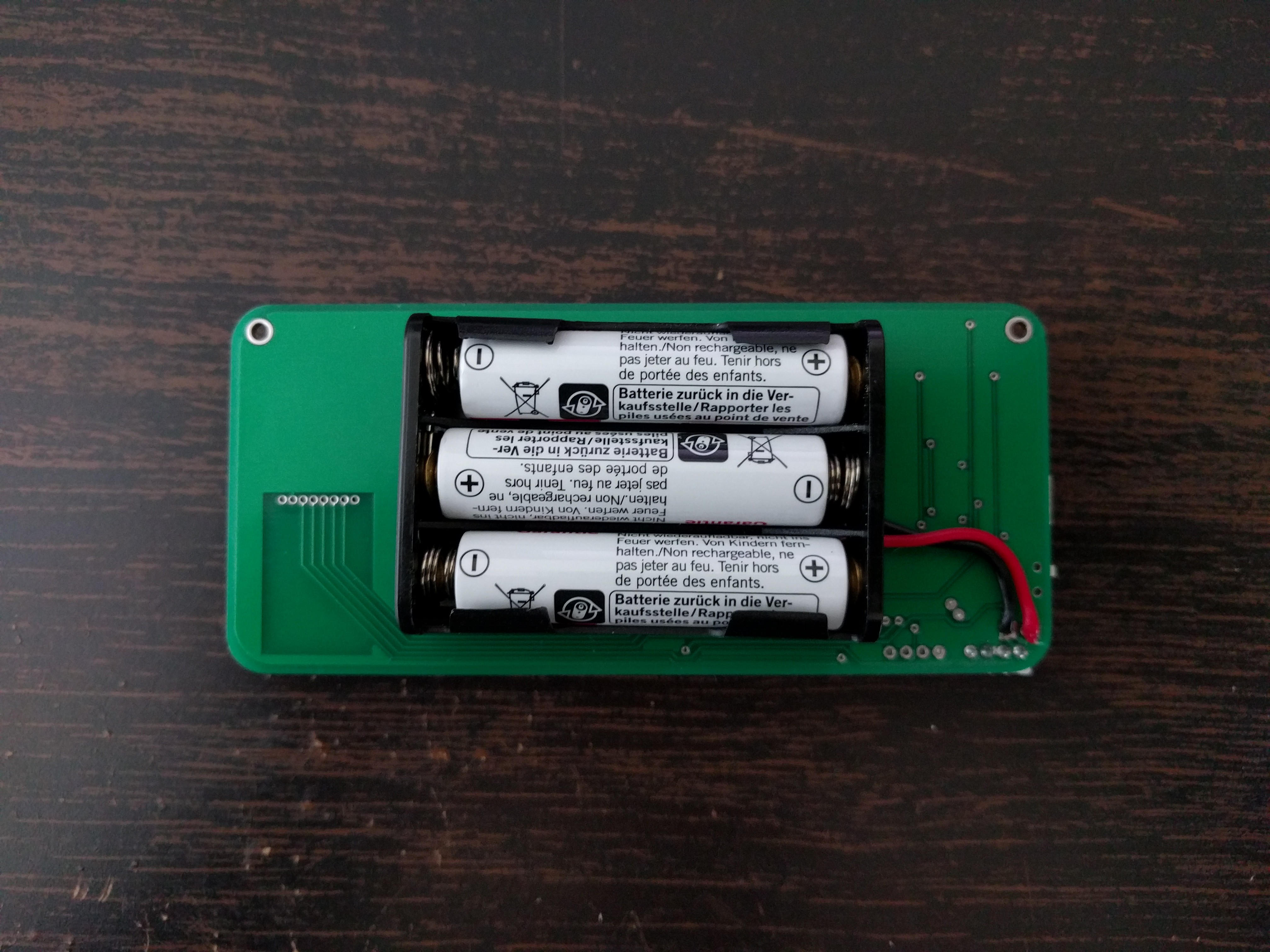




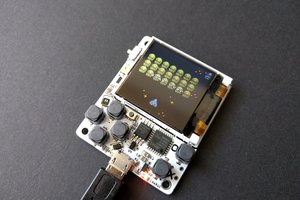

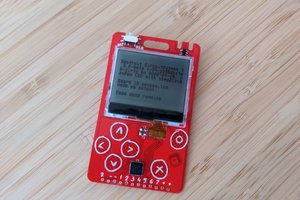
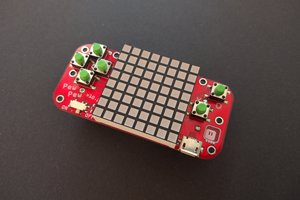
snake game with the Accelerometer :)
some USB connector that have THT positioning column would be help to avoid the USB connector tilt.